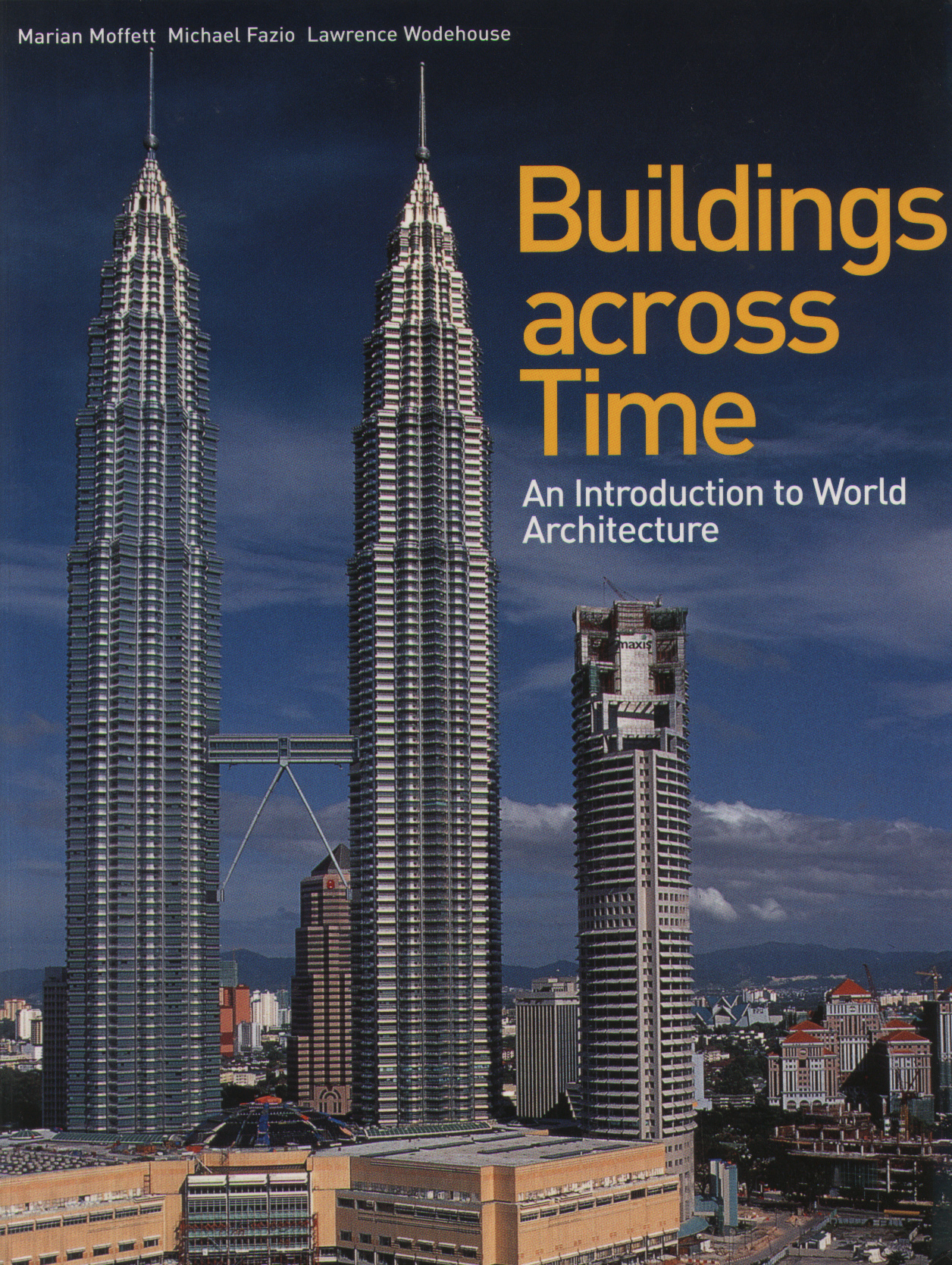Contact: Maridith Geuder

Published by McGraw-Hill
A founding member of Mississippi State's architecture faculty is among a group of architectural historians who feel some of the world's great buildings are being overlooked by standard introductory textbooks.
Mike Fazio, a professor in the university's College of Architecture, has collaborated with two Tennessee colleagues to change that. The result of their two-year effort is a nearly 600-page design survey recently released by publishing giant McGraw-Hill for use by both students and general readers.
"Buildings Across Time" introduces world architecture by incorporating a wide diversity of significant buildings--from prehistoric European settlements through pre-Columbian, Asian, Islamic, and a host of other cultures rarely seen in most texts.
"We wanted to include a global perspective that went beyond just Western architecture," said Fazio, a Cornell University doctoral graduate who joined MSU in 1974.
Joe Hanson, McGraw-Hill senior sponsoring editor for arts and humanities, said the company "is proud of the expanded coverage of non-Western as well as Western architecture, especially in such a comprehensive way." To date, the book is exceeding pre-publication sale estimates, he added.
Marian Moffett and Lawrence Wodehouse, faculty members in the University of Tennessee's College of Architecture and Design, collaborated with Fazio in bringing the book to print. Wodehouse has since died.
To illustrate principles they describe, the three writers included more than 350 line drawings and 600 images--half in color. An accompanying interactive CD-ROM provides additional art and text, as well as links to related Web sites.
"The interactive CD-ROM represents virtually every building in the book, as well as drawings and elevations," Hanson said. "From those using the educational materials, we're hearing that we're really helping solve teaching problems."
Fazio said "our goal was to make the book accessible for students and anyone interested in architectural history."
Their straightforward writing style deliberately eschews interpretation. "We leave personal interpretation to the instructor or the reader," he explained.
Significantly, many architectural eras in "Building" are emphasized for the first time in a survey text. For example, the pre-Columbian period of Native Americans includes not only structures of the Central American Mayas, but those of the North American Great Plains and Great Lakes tribes.
"This period has been remarkably ignored," Fazio said. "When I teach pre-Columbian architecture and students see these structures on the same continent, they're riveted." He said the same applies to Islamic and Near Eastern architecture.
"Learning more about native architecture helps broaden cultural sensitivities," Fazio said. "Our text approaches architectural history so that students see universal design principles. Despite differences, there are many similarities underneath."
Fazio said he anticipates the next great change in architecture will involve an emphasis on sustainability.
"That's why we included Australian Glenn Murcutt as the last architect to be featured," he explained. He said Murcutt's buildings incorporate modern technology with a focus on native elements and environmental awareness.
For more details about the book, visit http://books.mcgraw-hill.com/.
NEWS EDITORS/DIRECTORS: For additional comments from Dr. Fazio, telephone (662) 325-2202.